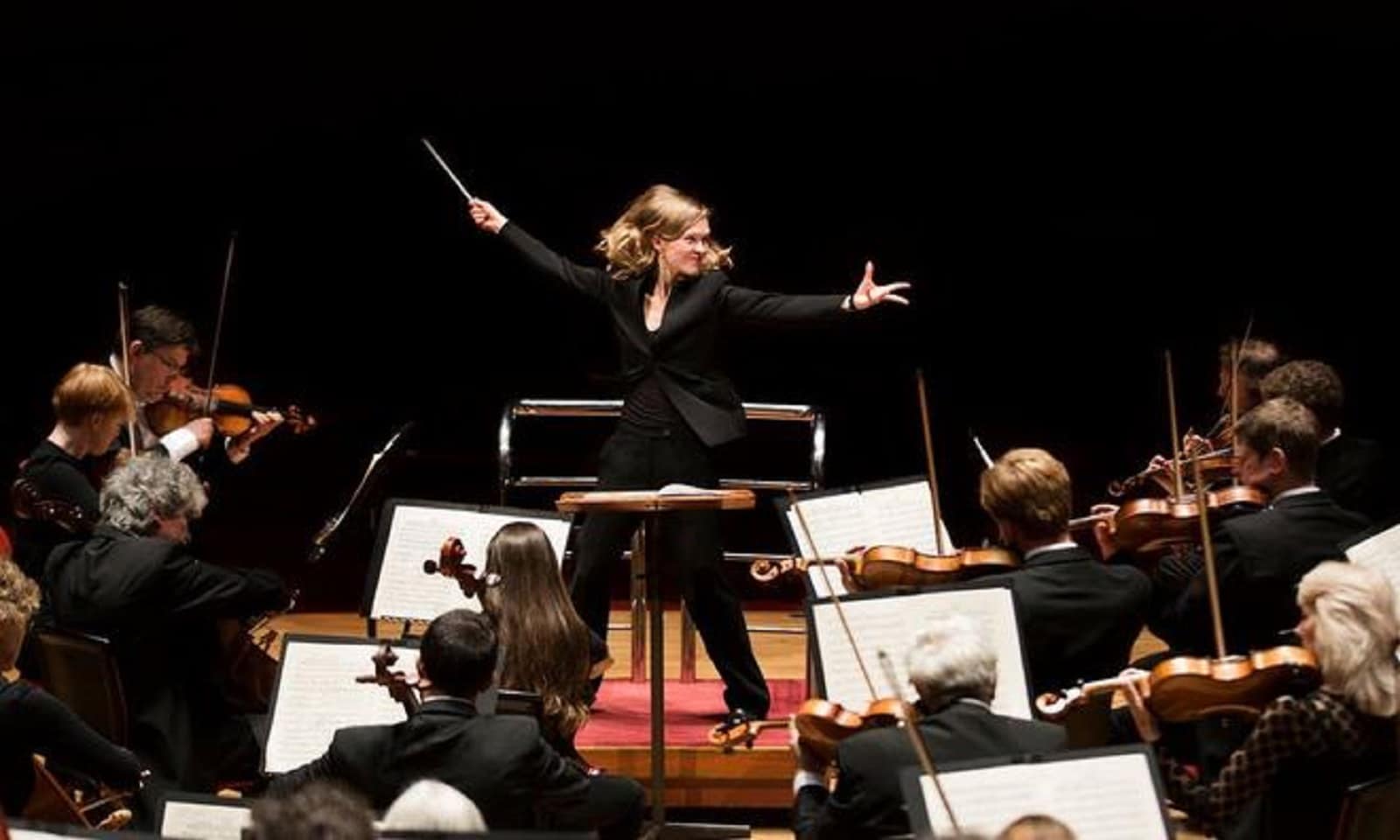The original Star Wars soundtrack was recorded by the London Symphony Orchestra, which has roughly 100 members. So, when you listen to that theme tune, you are hearing dozens and dozens of instruments. Perhaps you haven’t thought about this before, but each and every one of those instruments is doing something different. It is not just that each of the numerous instruments produces different pitches and sounds; even within sections (the trombones, for example) each player is performing different notes, different rhythms, different dynamics, and so on. It’s 100 things happening at once.
In most cases, if you were to isolate individual performances – picking out only the second-chair oboe or the timpani, etc. – it wouldn’t make sense. It wouldn’t sound like “Star Wars.” Flip things around so that you remove those parts from the whole and you’d also have something that doesn’t make sense. It also wouldn’t sound like “Star Wars.”
Can you see the connection to DE&I?
In order for your organization to excel and stand out, it needs a diverse cast of individuals performing to their individual best and working collectively. You need buy-in at all levels and you need a holistic, systemic perspective in building a sense of belonging. Sticking with the music concept here: the French horns don’t just need to get their parts right, they need to be paying attention to and working in support of the flutes and the clarinets and everyone else.
The theme from Star Wars is an orchestral piece, of course. And the goal of any orchestra that performs it is to play the song pretty much exactly as any other orchestra would play it. The notes are the notes, now and always – you don’t change them. That idea doesn’t apply well to business. Doing the exact same thing forever is rarely the best course of action. So, let’s consider another style of music.
Jazz icon Miles Davis is famed to have observed that “there are no wrong notes.” Echoing that sentiment, British jazz musician Jacob Collier is credited as having said, “That’s not a wrong note, you just lack confidence.”
In a popular YouTube clip, Collier demonstrates his “no wrong notes” truth by playing chords that traditional music theory would tell you don’t work together. But, of course, they can. The sound is intriguing and engaging – especially when Collier gives the notes space to stand out as individuals. In discovering the beauty of so-called “wrong” notes he creates tremendous musical opportunities. He opens the door to innovation.
The same lesson can be applied to any organization. Every individual performing to their individual best and working collectively should not be expected to tick only one box. In the DE&I world, we often refer to this individuality as “intersectionality” – the idea that you are not just one thing. No one is. Every individual is more than a set of labels.
The orchestra that is an organization is composed of many individual players, and the parts they play are composed of many notes. If you focus on building a genuine sense of belonging within your orchestra/organization, you will create an environment where people are innovative and resilient, and the sound/business expands and thrives.
Like a conductor leading an orchestra, as a leader you play a critical role in setting the tone of your workplace culture and inspiring people to work together towards a shared vision.
In the past two decades, some of the world’s leading organizations have partnered withTalking Talent to create work environments that help people feel like they belong and encourage them to make their most valuable contributions. Connect with us to discover how we can help you foster a workplace culture of inclusion that gives voice to all perspectives and a thriving business.







